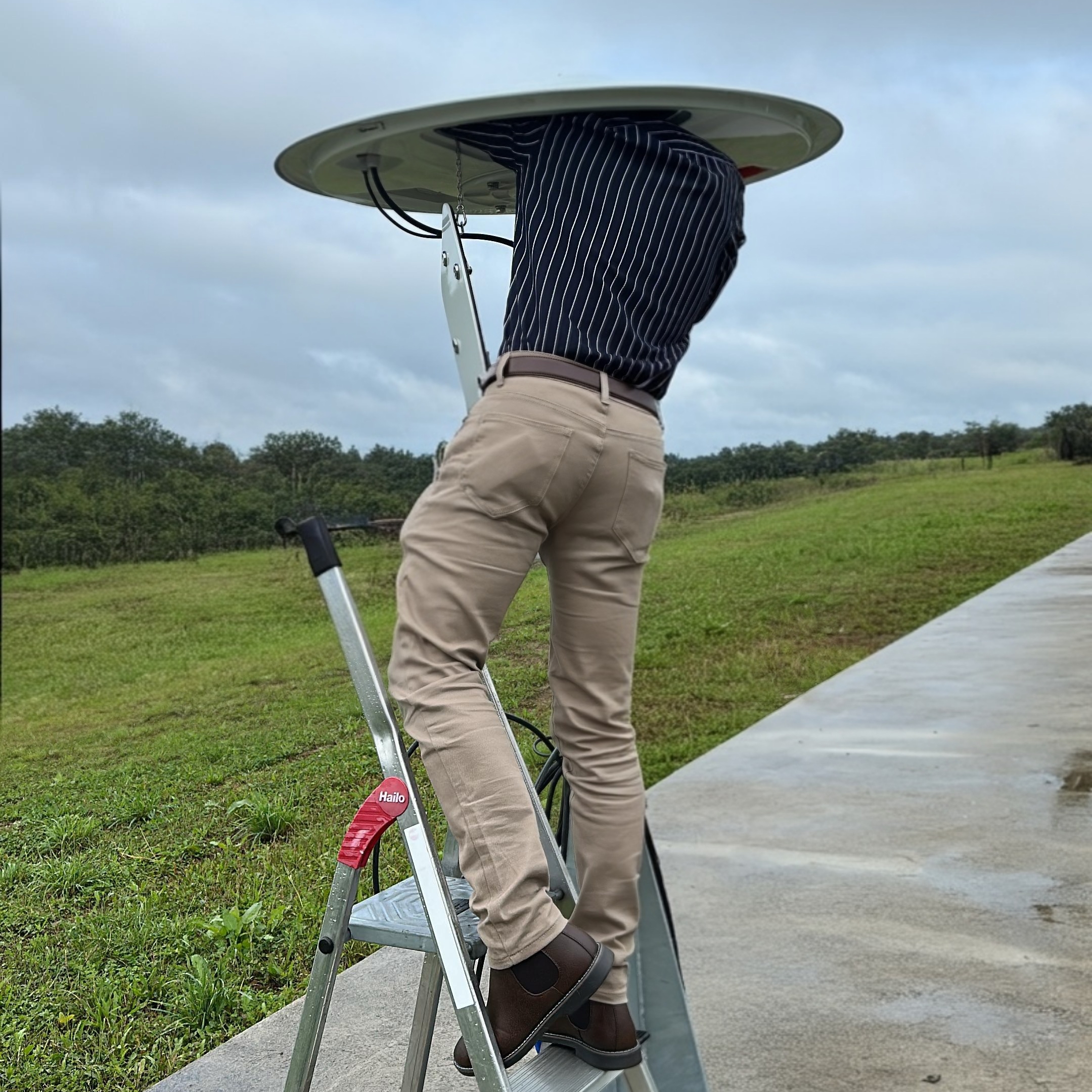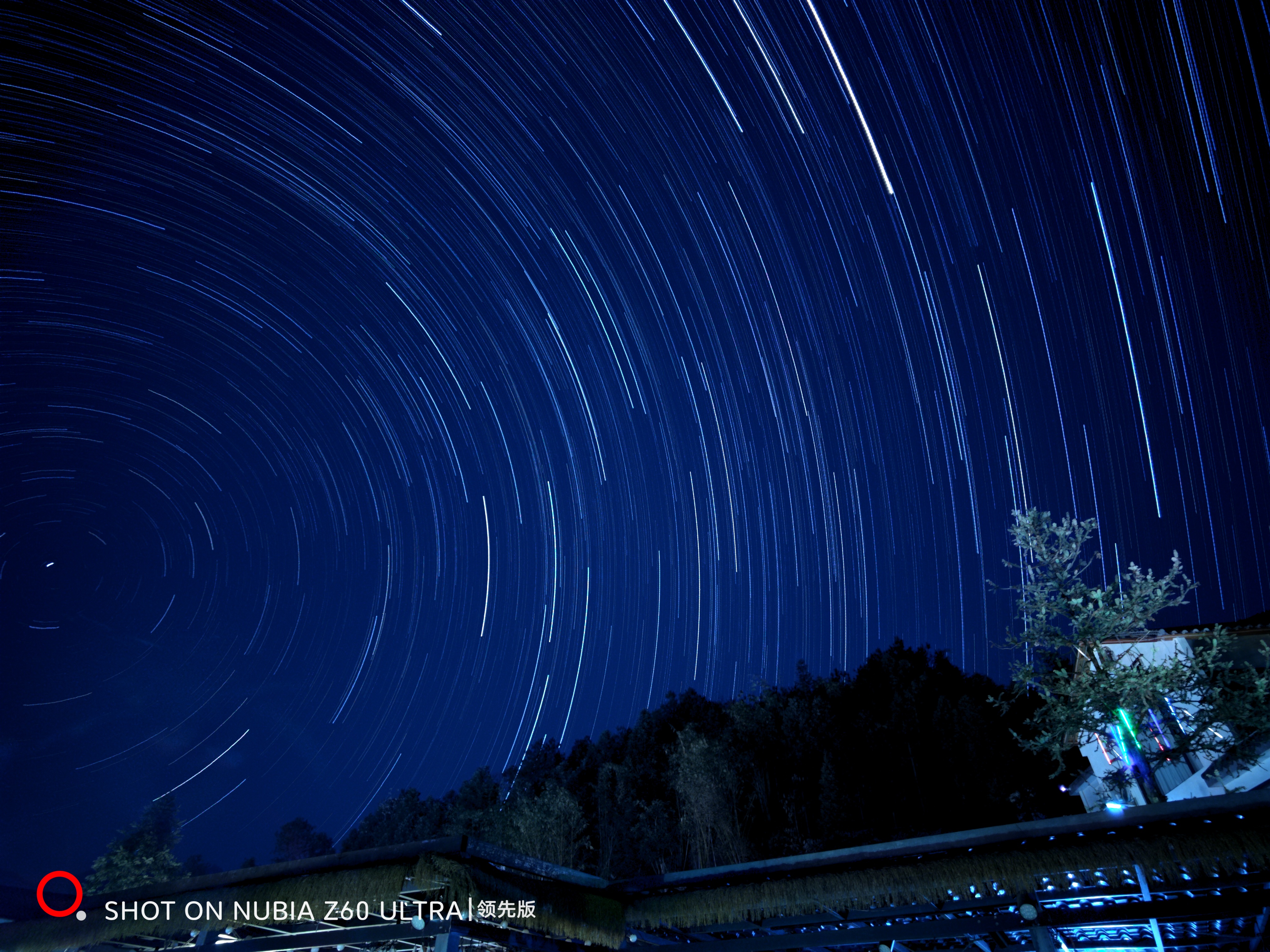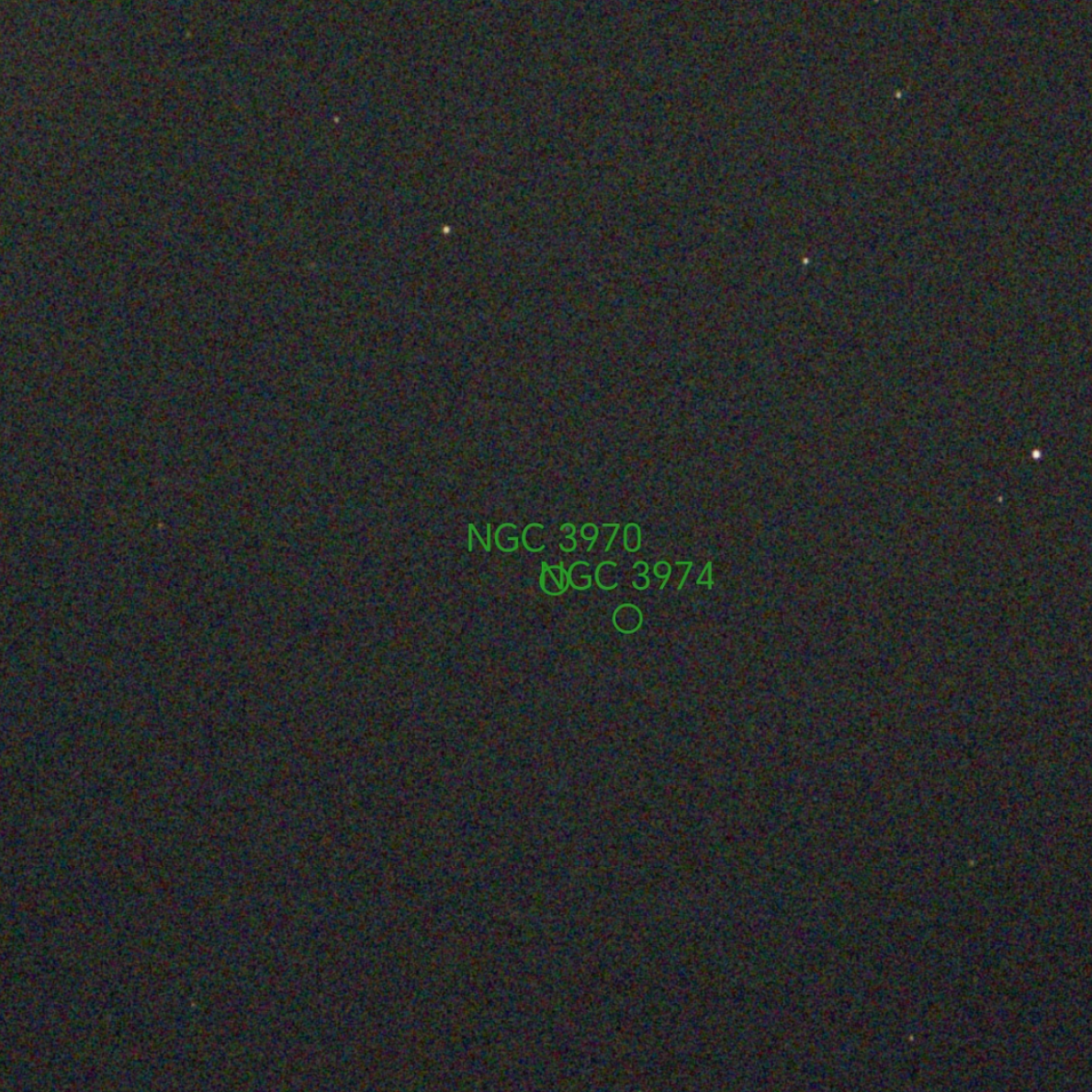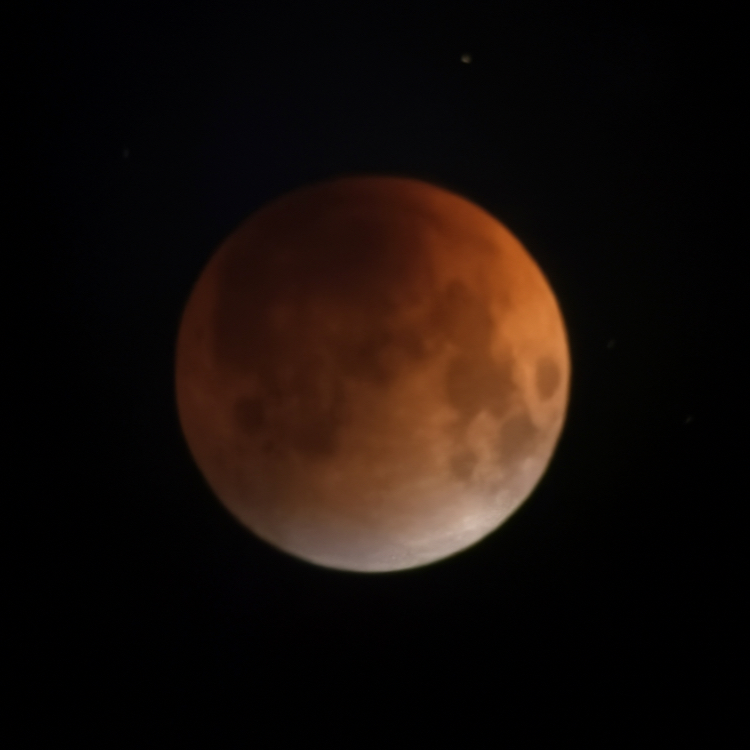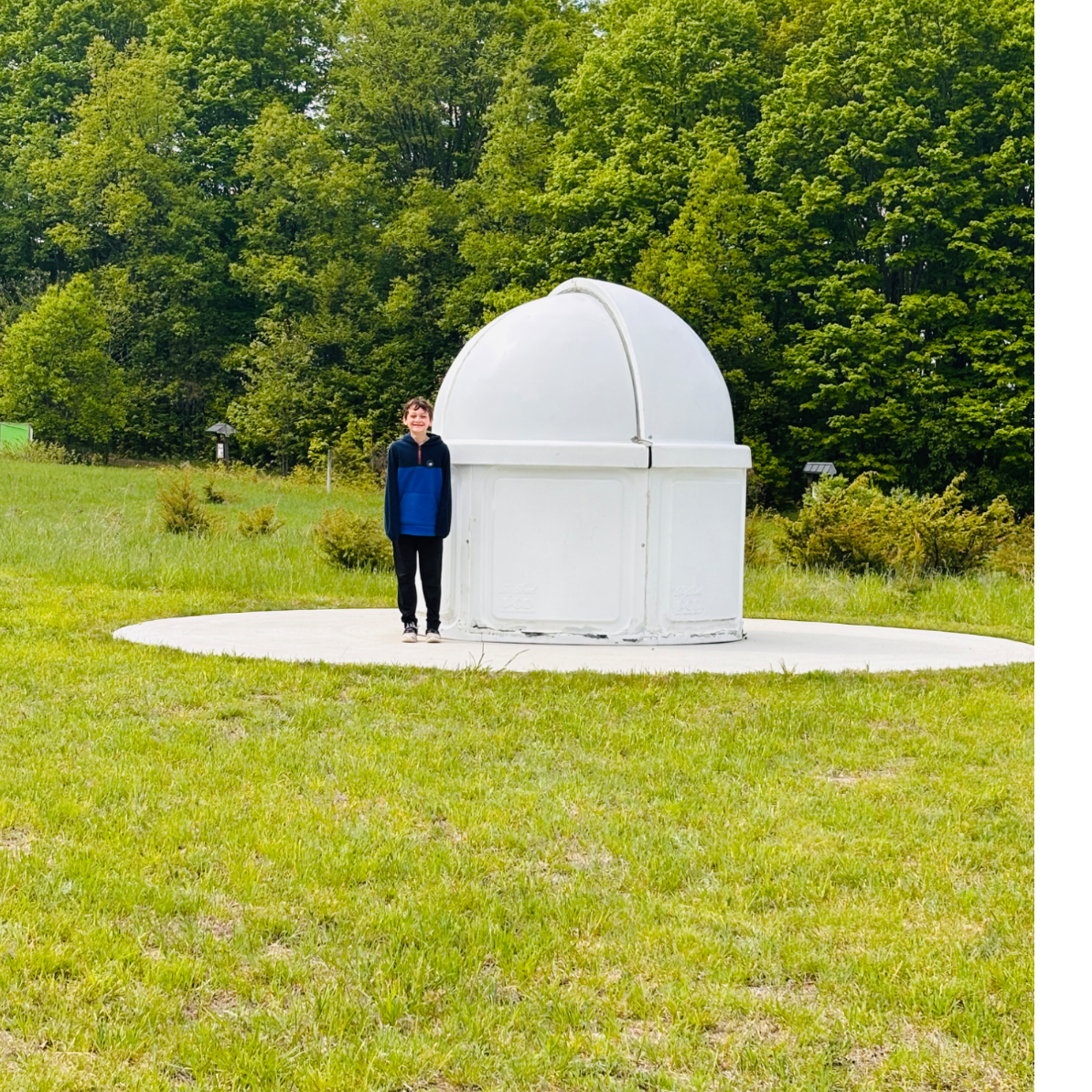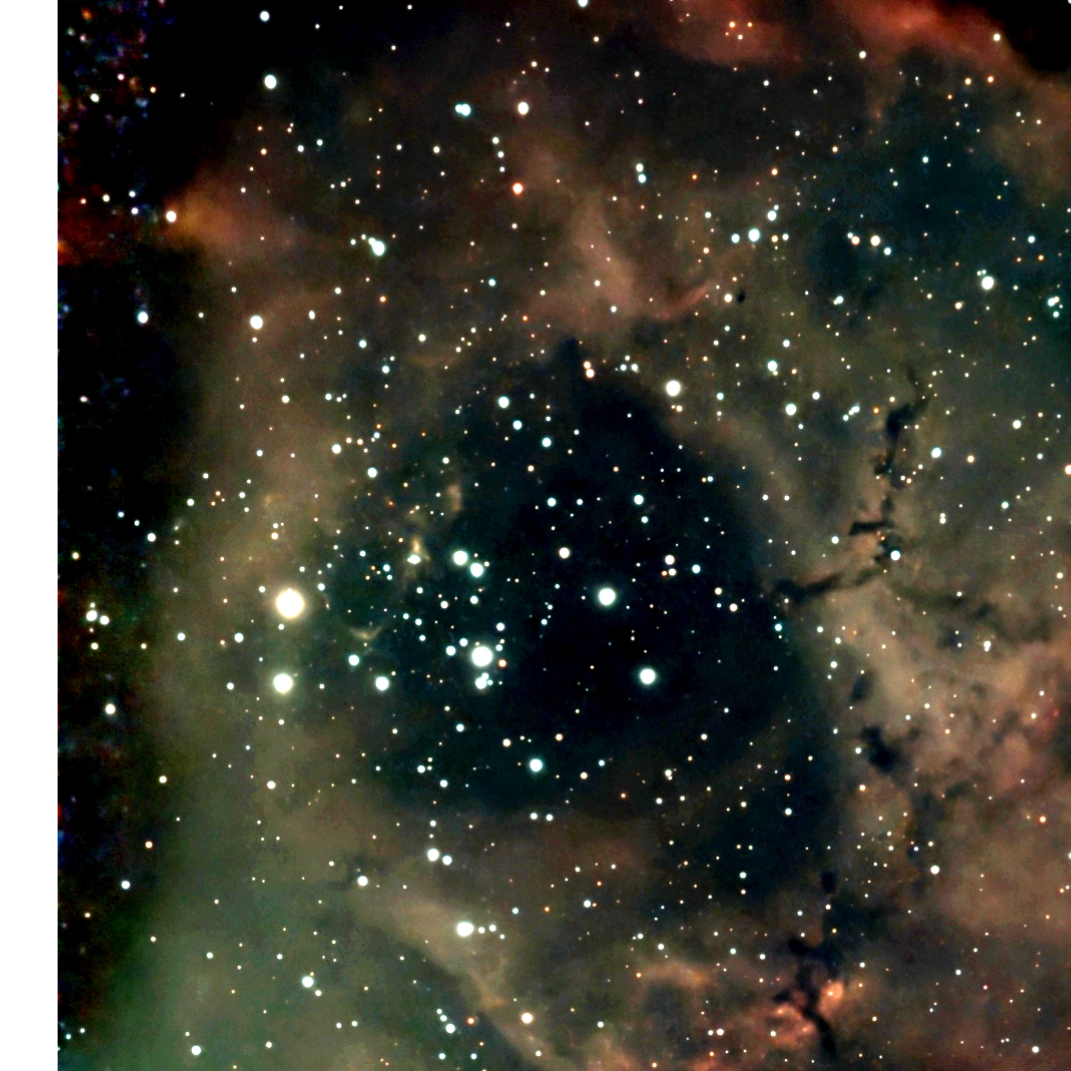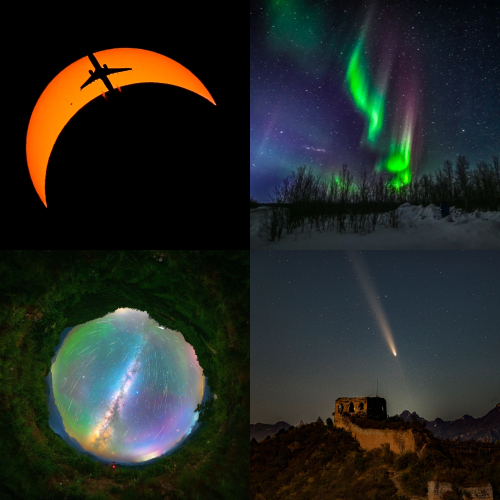

Astronomy Chatroom
Creat Post
Serenity Observatory
System Alert The target is below the horizon? This was wrong what do I need to do?
The S30 didn't even move, I have V 2.6.1. Plus I just brought this Seestar. Do I need to wait for another update or do I need a replacement?
Boutrosbolos
The second step: finally, also the OTA has arrived
Here you see: Svbony MK127 (collimated) Skywatcher Star Adventurer GTi and some accessories. Technically, I'm ready for observation. But the sky in Luxembourg is not ahah Anyway, stil waiting for the last piece: ASI 585MC AIR
LinColn
一个人喜欢拍星空。他喜欢的,是什么?
它触及的不仅是爱好,更是一种深层的内心世界。一个人喜欢拍星空,他喜欢的,远不止是拍照本身。 一 连接浩瀚宇宙 日常里,常常感到自己被束缚,事业,财富,家庭,等。仰望星空之时,瞬间让我从心中的烦恼中抽离,与无尽的宇宙连接在一起。这种感觉震撼且谦卑的——感到自己的渺小,也因而放下了自我的烦恼。烦恼与焦虑在宇宙下,都显得微不足道,这是一种终极的治愈。 二 永恒与瞬间 那些绚丽的星点,仅是CMOS捕捉的数百万年前的瞬间。相机短暂的寿命,去记录和触碰永恒。将瞬间化为永恒,充满了诗意的浪漫。 三 极致孤独 在万籁俱寂的深夜,孤独不一定是寂寞,而是一种清冽的、与自己内心对话的宁静。在星辰之下,我们凝视它的观众,是这整片山水的主人,是一种无可替代飞升感。 一个喜欢拍星空的人,喜欢的不仅仅是星空本身。 这一瞬间,是一个诗人,用镜头留下光年之外的痕迹;这一瞬间,是一个旅人,在寂静中与浩瀚星空对话;这一瞬间,是一个猎人,在黑夜中追逐最极致的光;这一瞬间,化为一个哲人,在星辰的见证下,寻找存在的意义;这一瞬间,相机对准的不仅是星空,更是我们的第二宇宙。
Sun-grabb
有人从二手市场买过望远镜,赤道仪或者器材吗?
二手市场的装备价格真的很诱人,比一手装备低了有¥1000 -¥2000,但是听说很多二手市场的装备都有一些毛病,不太敢买。有从二手市场购买的经历吗?欢迎分享
EndrDrag0n
Why isn’t the dumbbell nebula called the Apple-core nebula, just look at it.
😂😂😂😭This is a missed opportunity from whoever named it lol. I mean you can't look at it and tell me it doesn't at all resemble and applecore.🥀🥀🤣
EndrDrag0n
(Reposted) UFO flies in front of the sun. What is it?
This was taken at 10:39 AM in Stanwood Michigan on September 13 2025. A black dot flies in front of the sun in a perfect horizontal line leaving me to believe this object is from space. The sun was 40 degrees above the horizon at the time. Can you guys help me figure out what this was? These pictures are the three frames it was in. The object is a faint black dot that I circled.
Sky Protector
如何拍摄天狼星B?
怎样才能拍到天狼星B🤔目前我使用主镜为星特朗8SE相机为QHY5III462C之前的尝试里没有成功,或许我差一个巴洛镜?怎样选择巴洛镜?多少倍的巴洛镜可行?或许,我还可以把462换为715,只要价格总和小于两千人民币。 哦对了,我这里经常视宁度不好,有没有一些简单的办法克服呢?
Sun-grabb
请问关于RASA系统?
这几天在网上看的时候,看见RASA系统的摄星镜,不知道怎么样,但是看相机是插在他前头的。看别人拍的图片,行形相机的线还挡住了主镜。有没有了解RASA系统的大佬来解释一下?和APO的话推荐哪个呢?

